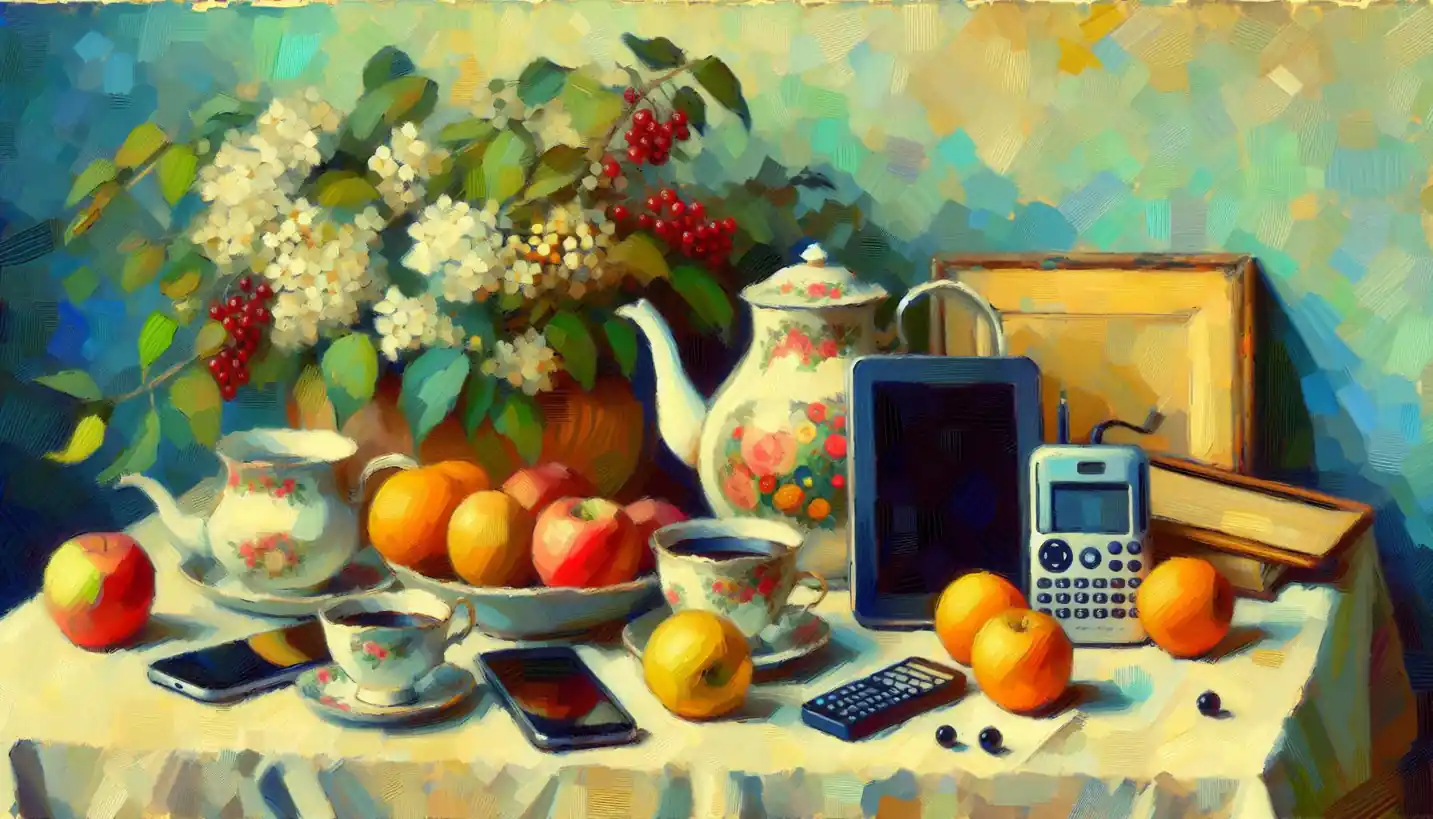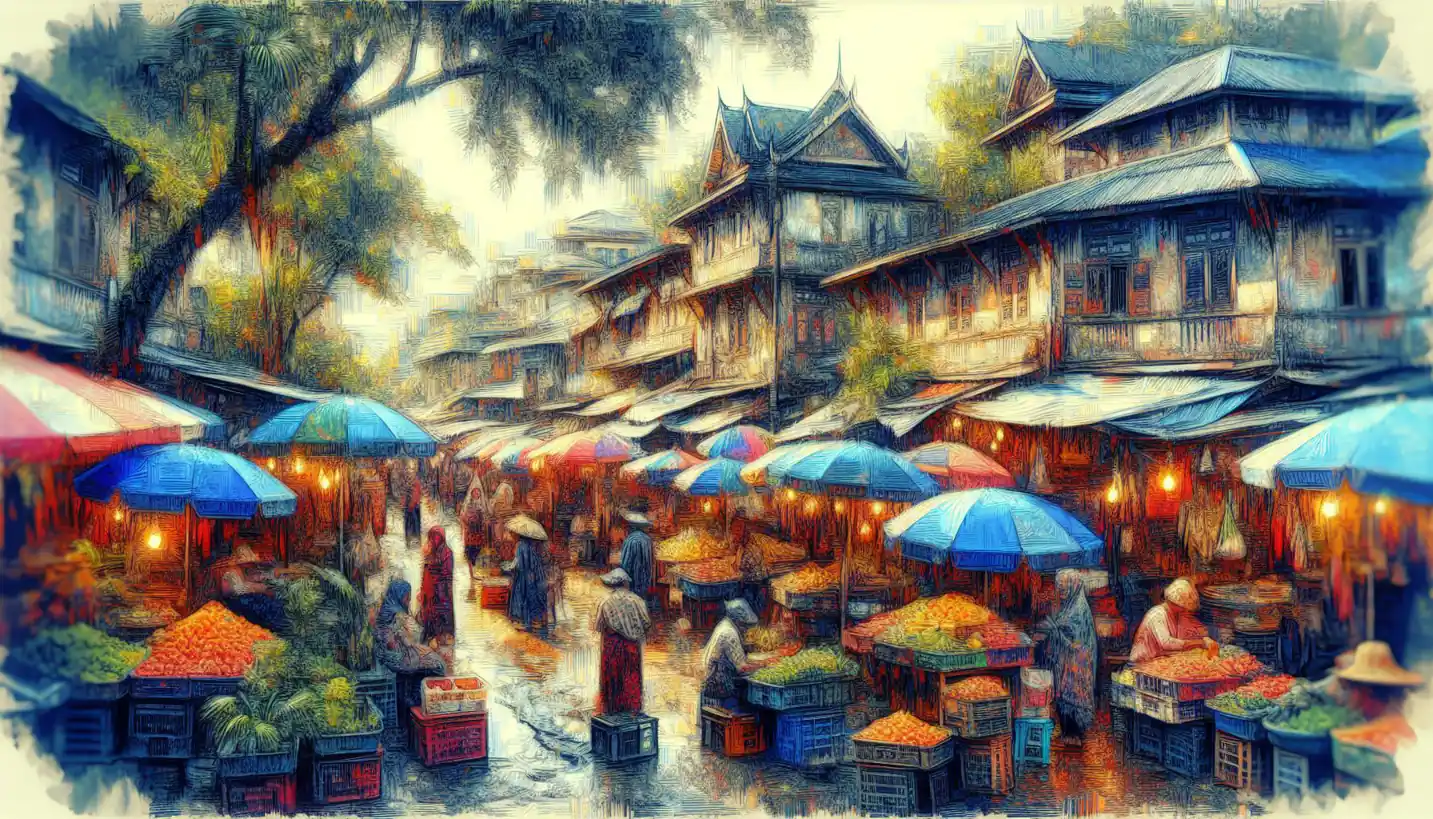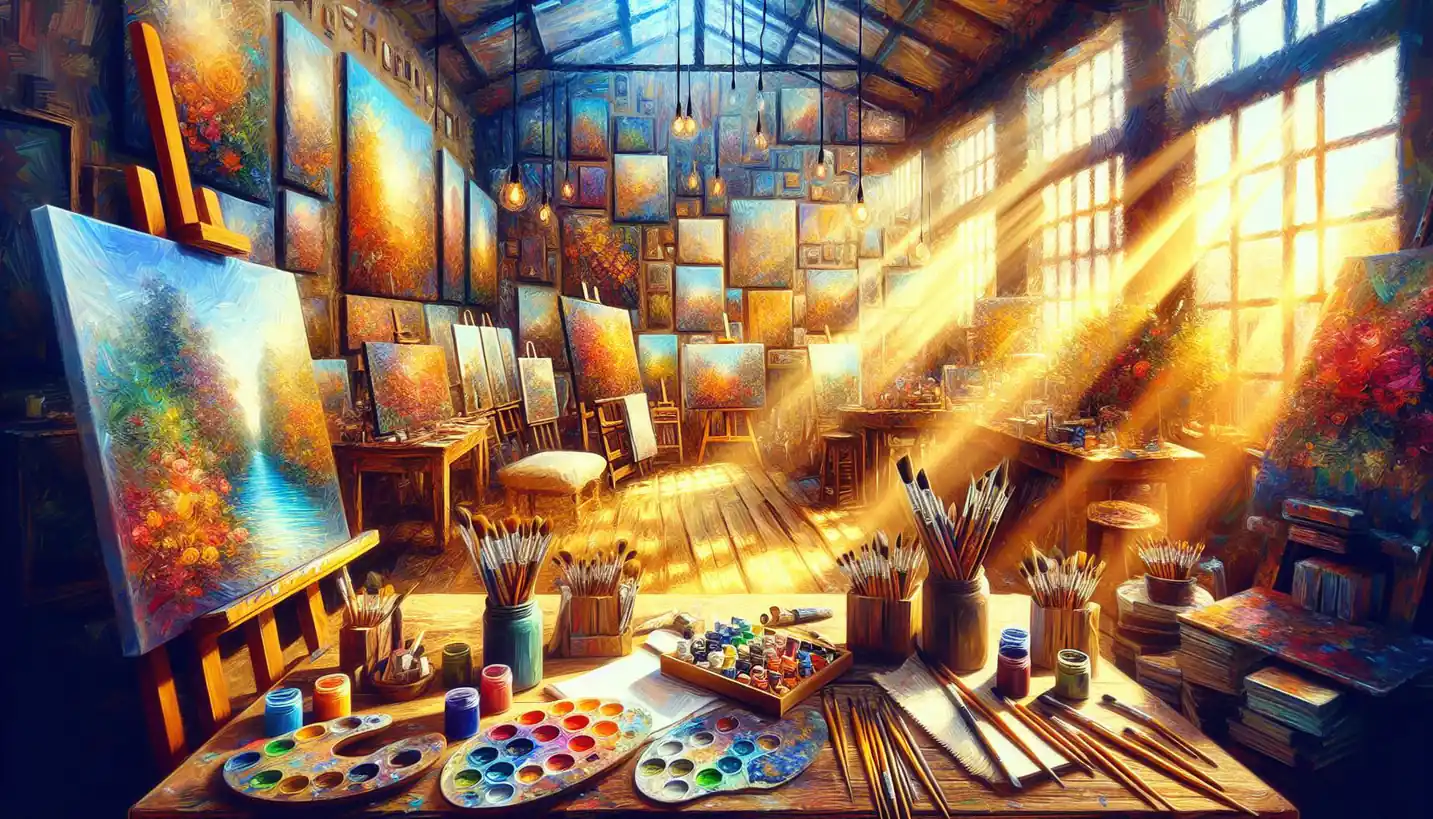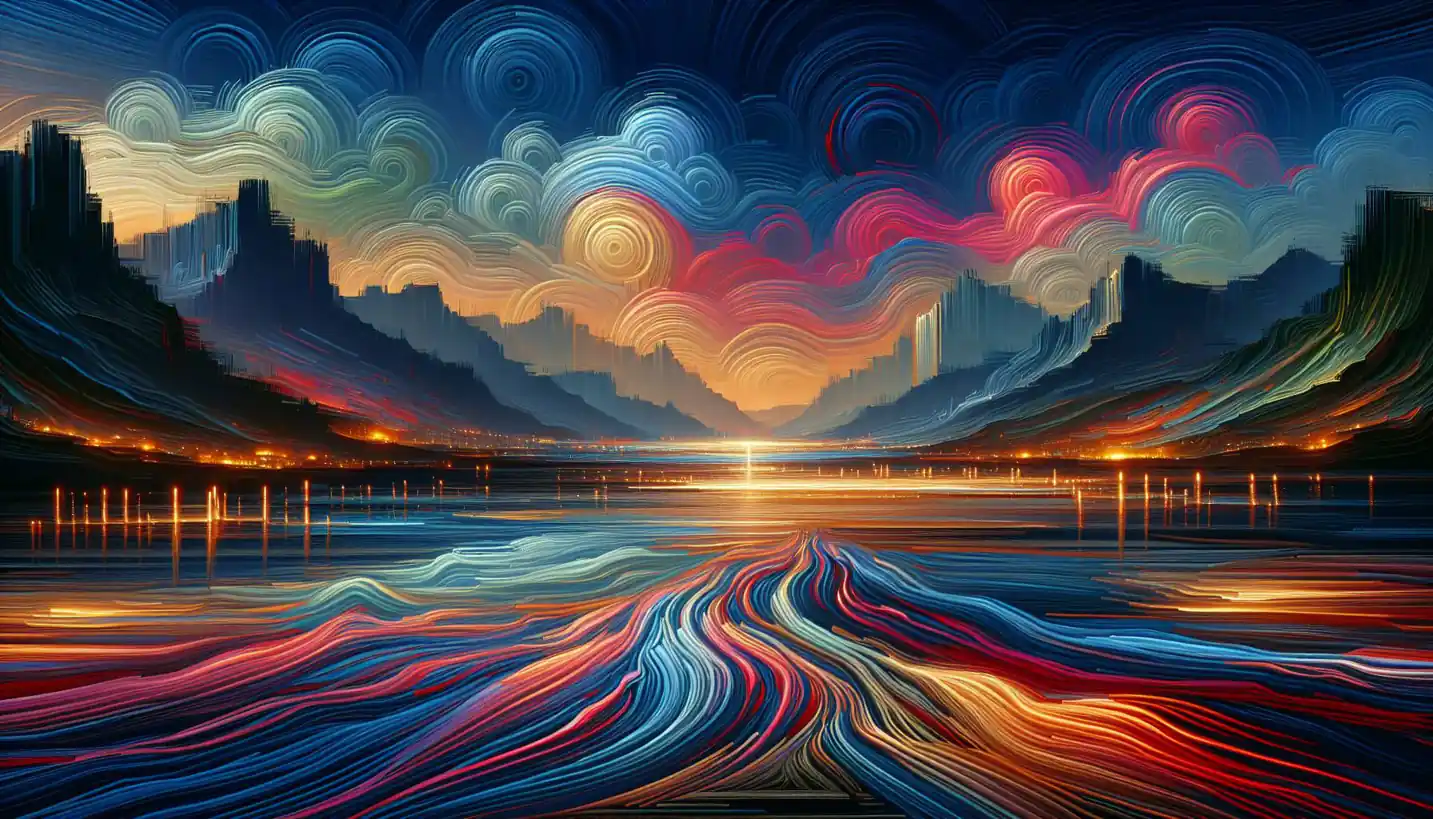· Art · 5 min read
AR Cloud: Shaping the Future of Augmented Reality Art
The AR Cloud is shaping the future of augmented reality art by enabling seamless interactions between multiple users across various spaces.
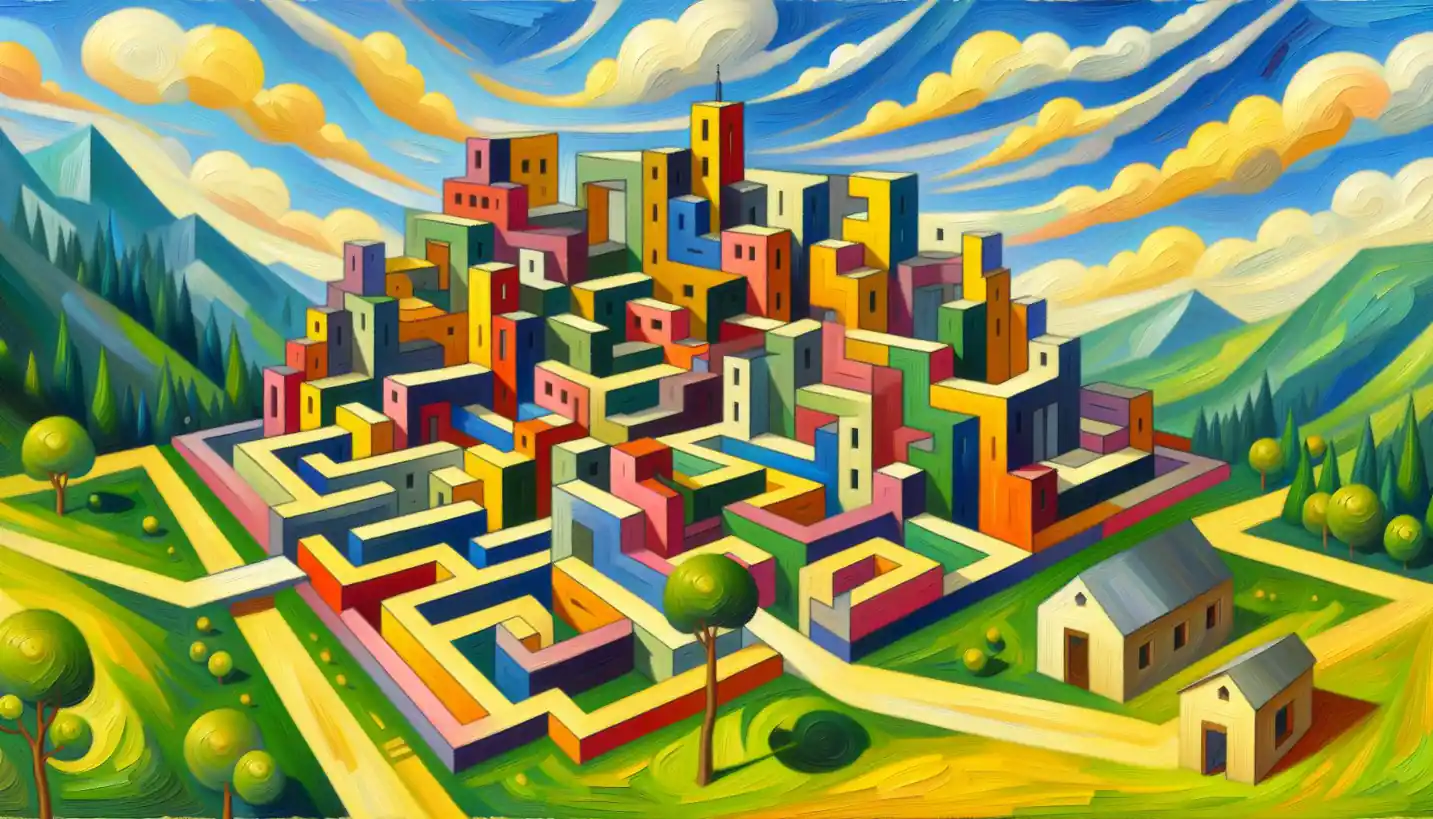
Augmented Reality (AR) is revolutionizing the way we experience art, allowing us to blur the lines between the physical and digital worlds. One of the most exciting developments in this space is the AR Cloud. Just like a real cloud holding moisture in the sky, the AR Cloud stores a wealth of digital information about the world around us, making AR experiences more interactive, immersive, and lifelike.
Understanding the AR Cloud
Picture the AR Cloud as a digital twin of the real world, where layers of data can be accessed and interacted with using AR technology. It’s a bit like overlaying a virtual map on top of a physical city, where artists can create digital graffiti or exhibit their latest creations without physical limitations. This cloud becomes a canvas for artists, offering endless possibilities for creativity.
How It Works
The AR Cloud works by capturing and processing data from the real world. This involves using various sensors, like cameras and GPS, to create a detailed map of a particular environment. This map is then stored in the cloud and can be accessed by AR-enabled devices. So, when you point your phone or AR glasses at a location, it can instantly recognize the space and overlay digital art onto the physical world.
Imagine walking through a park and seeing digital sculptures that react to your presence or change colors with the weather. These experiences become possible because the AR Cloud maintains a continuous connection with real-world locations. It’s like having a digital art gallery that you can walk into anytime, anywhere.
The Artistic Potential
For artists, the AR Cloud opens up new dimensions of expression. Traditional art forms are often bound by physical materials, but AR art can transcend these limitations. Artists can create pieces that interact with the viewer in real-time or even use data from the environment to change dynamically.
Consider an AR installation that responds to the time of day, projecting warm hues at sunrise and cooler tones at dusk. Or imagine an AR painting that tells a story, revealing different chapters as you move through a gallery. These are just glimpses of what the AR Cloud can offer, turning static art into dynamic storytelling.
Challenges and Opportunities
Despite its potential, creating an AR Cloud for art comes with challenges. One major hurdle is creating a universal standard that allows AR content to be shared across different devices and platforms. Just like the early days of the internet, there’s a need for everyone to speak the same “language” to ensure seamless experiences.
Security and privacy also play crucial roles. With so much data being collected, it’s essential to protect personal information and ensure that the AR Cloud is used responsibly. Artists and developers need to be mindful of how data is captured and shared, keeping people’s safety and privacy at the forefront.
However, these challenges present opportunities for innovation. Artists, technologists, and policymakers can collaborate to build ethical frameworks and technologies that enhance creativity while respecting individual rights. As these solutions emerge, the AR Cloud will become an even more vibrant space for artistic exploration.
Real-Life Examples
Some pioneering artists and tech companies are already leveraging the AR Cloud for creative projects. For instance, AR murals can be found in certain urban areas, bringing walls to life with animated effects. These installations transform ordinary spaces into extraordinary experiences, providing both entertainment and commentary on social issues.
Museums and galleries are also getting in on the action by creating AR experiences that add layers of information or interaction to physical exhibits. By incorporating AR, they can reach wider audiences and present their collections in innovative ways. The AR Cloud acts like a digital curator, opening up art to new interpretations and engaging viewers in deeper ways.
The Road Ahead
The future of art in the AR Cloud is full of potential. As technology evolves, so does the opportunity for artists to push creative boundaries further than ever before. Concepts such as shared AR spaces, where multiple users can interact with the same digital artwork simultaneously, are on the horizon.
These developments will require robust infrastructure and collaboration across industries, but they promise exciting new experiences and opportunities for storytelling. It’s a thrilling time for artists willing to embrace these technologies and for audiences eager to experience art in novel ways.
Why It Matters
At its core, the AR Cloud represents a fusion of innovation and creativity. Art has always been about pushing boundaries and exploring new territories, and with the AR Cloud, those territories expand beyond the limits of tangible reality. This technology isn’t just a tool; it’s an entirely new medium for artistic expression.
By unlocking new ways for people to experience art, the AR Cloud has the power to make art more accessible. It invites anyone with a smartphone or AR device to become part of the creative process, to engage with art actively rather than passively.
In a world where the lines between digital and physical continue to blur, the AR Cloud offers a glimpse into the future of art—an interactive, engaging, and endlessly creative future that beckons artists and audiences alike.
Through the AR Cloud, art is not just seen; it is experienced, felt, and lived. And that makes all the difference.
